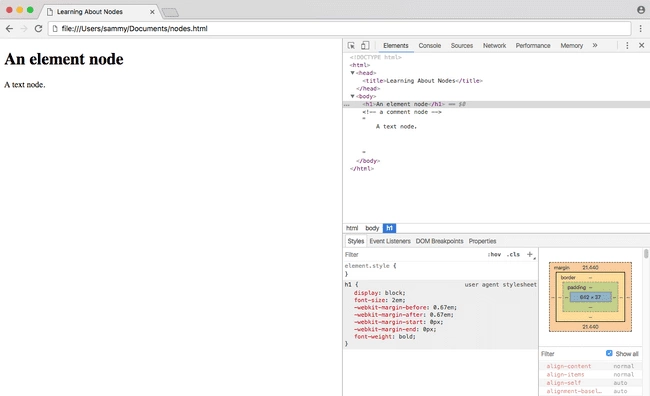236. Lowest Common Ancestor of a Binary Tree
Given a binary tree, find the lowest common ancestor (LCA) of two given nodes in the tree.
According to the definition of LCA on Wikipedia: “The lowest common ancestor is defined between two nodes p and q as the lowest node in T that has both p and q as descendants (where we allow a node to be a descendant of itself).”
Given the following binary tree: root = [3,5,1,6,2,0,8,null,null,7,4]
Example 1:
Input: root = [3,5,1,6,2,0,8,null,null,7,4], p = 5, q = 1Output: 3Explanation: The LCA of nodes 5 and 1 is 3.
Example 2:
Input: root = [3,5,1,6,2,0,8,null,null,7,4], p = 5, q = 4Output: 5Explanation: The LCA of nodes 5 and 4 is 5, since a node can be a descendant of itself according to the LCA definition.
Note:
- All of the nodes’ values will be unique.
- p and q are different and both values will exist in the binary tree.
题意:寻找二叉树上,两个结点的公共祖先。
方法一:递归
/*** Definition for a binary tree node.* struct TreeNode {* int val;* TreeNode *left;* TreeNode *right;* TreeNode(int x) : val(x), left(NULL), right(NULL) {}* };*/class Solution {public:TreeNode* lowestCommonAncestor(TreeNode* root, TreeNode* p, TreeNode* q){if (root == nullptr)return nullptr;if(p == root || q == root)return root;TreeNode* left = lowestCommonAncestor(root->left,p,q);TreeNode* right =lowestCommonAncestor(root->right,p,q);if(left == nullptr)return right;if(right == nullptr)return left;return root;}};
方法二:计算结点p,q到根节点的路径,比较这两个路径,返回公共祖先结点。
/*** Definition for a binary tree node.* struct TreeNode {* int val;* TreeNode *left;* TreeNode *right;* TreeNode(int x) : val(x), left(NULL), right(NULL) {}* };*/class Solution {public:TreeNode* lowestCommonAncestor(TreeNode* root, TreeNode* p, TreeNode* q){TreeNode* t1 = root;TreeNode* t2 = root;vector<TreeNode*> path1,path2;createPath(t1, p, path1);createPath(t2, q, path2);int len = (path1.size() < path2.size()? path1.size():path2.size());int i = 0;for (; i < len; i++){if(path1[i] != path2[i])break;}return path1[i-1];}bool createPath(TreeNode* root, TreeNode* key, vector<TreeNode*>& path){if (root == nullptr)return false;path.push_back(root);if (root == key)return true;if (createPath(root->left, key, path) || createPath(root->right, key, path)){return true;}path.pop_back();return false;}};



































还没有评论,来说两句吧...